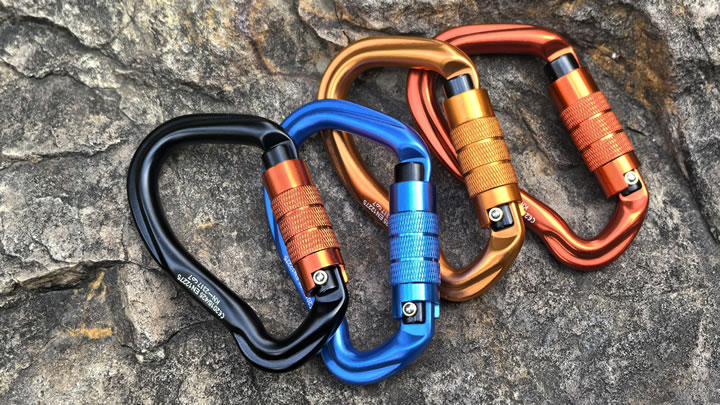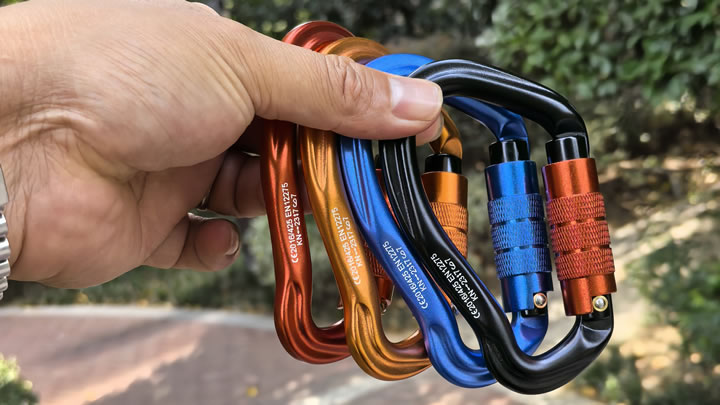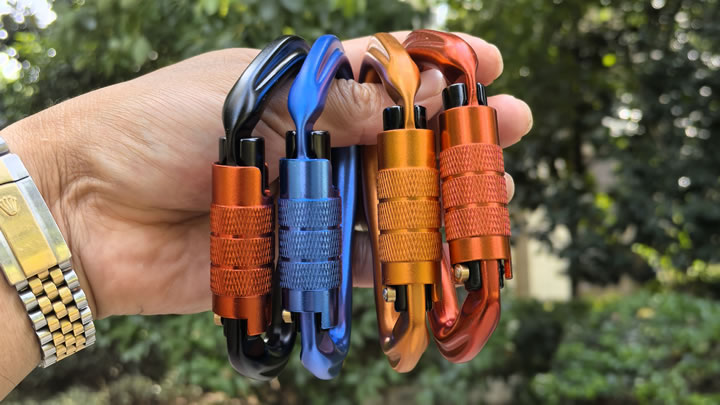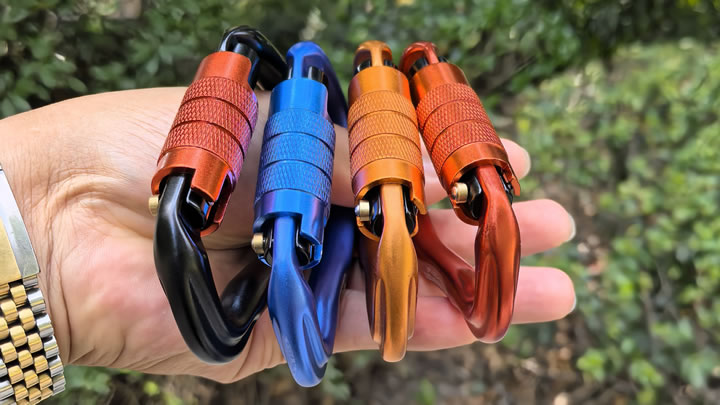How to layer clothing using the 3-system rule for alpine trips?
Embarking on an alpine trip is an exhilarating adventure, but it comes with its own set of challenges, especially when it comes to dressing appropriately. The weather in alpine regions can be extremely unpredictable, with rapid temperature changes, strong winds, and sudden snowfall. To stay comfortable, safe, and dry throughout your journey, mastering the art of layering clothing using the 3 - system rule is essential. This method allows you to adapt to changing conditions quickly and efficiently, ensuring a pleasant and enjoyable alpine experience.
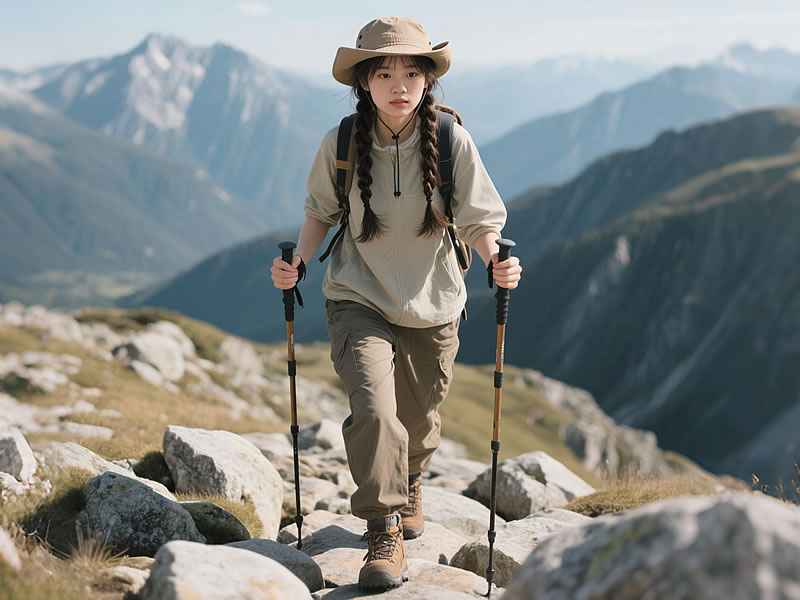
The First Layer: Base Layer - The Moisture Wicking Foundation
The base layer is the closest to your skin and plays a crucial role in regulating your body's moisture and temperature. In alpine environments, where sweating is inevitable due to physical exertion, having a base layer that can effectively wick away moisture is vital. If sweat remains on your skin, it can lead to rapid heat loss and discomfort, increasing the risk of hypothermia.
Material Matters
- Merino Wool: This natural fiber is a top choice for base layers. Merino wool can absorb up to 35% of its weight in moisture without feeling wet. It also has excellent temperature - regulating properties, keeping you warm in cold conditions and cool when it's warmer. Additionally, it has natural antibacterial properties, which means it won't develop that unpleasant odor even after days of wear. Brands like Icebreaker and SmartWool offer high - quality Merino wool base layers.
- Polyester: Synthetic polyester materials, such as those with Coolmax technology, are also popular. Polyester is highly effective at wicking moisture away from the body. It dries quickly, which is a significant advantage in alpine trips. Compared to Merino wool, polyester base layers are often more affordable. However, they lack the natural odor - resistance of wool. Brands like Under Armour and Patagonia produce great polyester - based base layers.
Fit and Style
Base layers should fit snugly against your body but not be too tight to restrict movement. A close - fitting base layer ensures maximum contact with the skin for efficient moisture transfer. Tops can come in various styles, including crew - neck, zip - neck, and high - neck options. A zip - neck or high - neck base layer can be especially useful in alpine regions as it provides extra warmth around the neck and can be adjusted according to the temperature. Bottoms can range from lightweight leggings to full - length base layer pants, depending on your preference and the expected conditions.
The Second Layer: Insulating Layer - Trapping Warmth
The insulating layer is responsible for trapping heat close to your body, keeping you warm in the cold alpine climate. This layer creates a barrier between the cold outside air and your body, preventing heat loss.
Down - Filled Insulation
- Advantages: Down - filled jackets and vests are highly effective at providing warmth. Down has an excellent warmth - to - weight ratio, meaning it can keep you very warm without adding much bulk to your pack. It compresses well, making it easy to pack. High - quality down, such as goose down, has a high fill power, which indicates its ability to loft and trap air. Brands like The North Face, Arc'teryx, and Montbell offer top - notch down - filled insulating layers.
- Considerations: Down can lose its insulating properties when wet. In alpine regions where snow and moisture are common, it's important to ensure your down layer is protected by a waterproof outer layer. Some down products now come with hydrophobic treatments to make them more water - resistant, but they are not fully waterproof.
Synthetic Insulation
- Benefits: Synthetic insulation is a great alternative to down. It retains its insulating properties even when wet, which is a significant advantage in alpine conditions. Synthetic materials like PrimaLoft and Thinsulate are used in many insulating layers. Synthetic insulation is also generally more affordable than high - quality down. Brands like Mountain Hardwear and Columbia produce a wide range of synthetic - insulated clothing.
- Drawbacks: Synthetic insulation is often bulkier and heavier than down for the same level of warmth. It may not compress as well, taking up more space in your pack.
Other Insulating Options
Fleece is another popular choice for the insulating layer. Fleece, especially those made with Polartec fabric, is soft, breathable, and provides good insulation. It comes in different weights, from lightweight micro - fleece for milder conditions to heavier fleece for extremely cold weather. Fleece is also relatively quick - drying and can be worn on its own in less - severe conditions.
The Third Layer: Outer Layer - Protection Against the Elements
The outer layer, also known as the shell layer, is your first line of defense against wind, rain, snow, and cold in alpine environments. It needs to be waterproof, windproof, and breathable to keep you dry and comfortable while allowing moisture vapor from your body to escape.
Waterproof and Windproof Materials
- Gore - Tex: This is one of the most well - known and widely used materials for outer layers. Gore - Tex fabrics are highly waterproof, windproof, and breathable. They use a microporous membrane that allows water vapor to pass through while keeping liquid water out. Many high - end outdoor brands, such as Arc'teryx, Patagonia, and Marmot, use Gore - Tex in their outer layer products.
- Other Membrane Technologies: There are also other waterproof and breathable membrane technologies available, such as eVent and Sympatex. These materials offer similar performance to Gore - Tex, with some brands preferring them for their specific characteristics. For example, eVent is known for its excellent breathability, allowing moisture to escape more efficiently.
Jacket Features
A good alpine outer jacket should have features like adjustable cuffs, a drawstring hem, and a hood. Adjustable cuffs help seal out cold air and snow, while a drawstring hem allows you to cinch the bottom of the jacket for a better fit. A hood that can be adjusted to fit snugly around your head and face provides essential protection from the elements. Some jackets also come with pit zips, which are large zippers under the arms. These can be opened to release excess heat and moisture when you're working hard or the temperature rises.
Pants
Alpine outer pants should also be waterproof and windproof. They should have a loose enough fit to allow for easy movement and to fit over your base and insulating layers. Look for pants with reinforced knees and seat for added durability, as you may be kneeling or sitting on rough surfaces. Some outer pants also come with side zips that can be opened for ventilation or to easily put the pants on and off over your boots.
Tips for Combining the Layers
- Layering Order: Always start with the base layer against your skin, followed by the insulating layer, and then the outer layer. This order ensures that moisture is wicked away from your body, heat is trapped, and you are protected from the elements.
- Mix and Match: Don't be afraid to mix and match different brands and types of layers. For example, you might have a Merino wool base layer, a synthetic - insulated mid - layer, and a Gore - Tex outer layer. The key is to ensure that the layers work together to provide the right amount of warmth, moisture management, and protection.
- Adjustability: Choose layers that are adjustable. This allows you to adapt to changing conditions quickly. For example, you can unzip your outer jacket's pit zips when you're getting too warm or tighten the drawstrings on your hood when the wind picks up.
- Extra Layers: Consider carrying an extra lightweight insulating layer or a wind - resistant shell in your pack. This can be a lifesaver if the weather takes an unexpected turn.
- In conclusion, understanding and applying the 3 - system rule for layering clothing is essential for a successful alpine trip. By carefully selecting the right materials and features for each layer and knowing how to combine them effectively, you can stay comfortable, safe, and dry in even the most challenging alpine conditions. Remember to practice layering before your trip to ensure you have the right combination for your specific needs and the expected weather. With the proper clothing layers, you'll be ready to embrace the beauty and adventure of the alpine wilderness.


